It is very common for you to see people who are spinning their bike pedals laboriously or manically when they are riding their bike all the way along. However, most of them have difficulties when they want to move the bike. Life will be much easier for these people when they know how to use the gear properly. In this guide, you will read all the necessary information about bike gears explained. You will learn about using gears on your bike properly.
What is Shifting?
Shifting gears is a movement from one chainring or cog from one to another (up or down). It is usually done from the easier gear to the harder gear. It can be done vice versa. The front and also rear derailleur will control the movement of the chain. They are commonly controlled by using the shifters on both sides of the bike’s handlebars. Grip shifters are usually operated by twisting the entire handle, so you can shift multiple gears at the same time.
On the road bikes, you can find many different types of shifters depending on the manufacturers, capabilities, styles, etc. Mechanical shifters usually have two different levers that are located at the ends of the hoods (smaller and bigger lever). Electronic gears are created with different procedures. You can simply tap or push the button to shift gears.
Why do you need gears on a road bike?
In this section, you are going to read about bike gears explained. Why do you need to learn more about gears on the road bike? Gears are added to your bike for helping you maintain a comfortable pedaling speed regardless of the terrain level or gradient. By reading this article, you will learn more about gears and how important they are for your bike. You have to learn about how to maintain the performance and quality of these gears for supporting the performance of your bike.
A high gear commonly refers to the big gear. It is very optimal when it is used for riding at high speeds or descending levels. The biggest gear on the bike can be achieved by combining the largest front chainring size and the smallest rear cog, for example, 53 x 11. On the other hand, combining the small front chainring size with the large gear on the rear wheel will result in the lowest gear. It will keep the pedals spinning when the road is stepping up.
Combining different levels of gear will bring efficiency to the bicycle. Your bicycle will give you benefit, so you can enjoy your biking experience on many different terrain levels. You have the flexibility to fine-tune your pedaling speed that can be suitable for different terrain and gradient. It will help you enjoy your cycling experience with lower energy consumption.
How to shift gears on a bike?
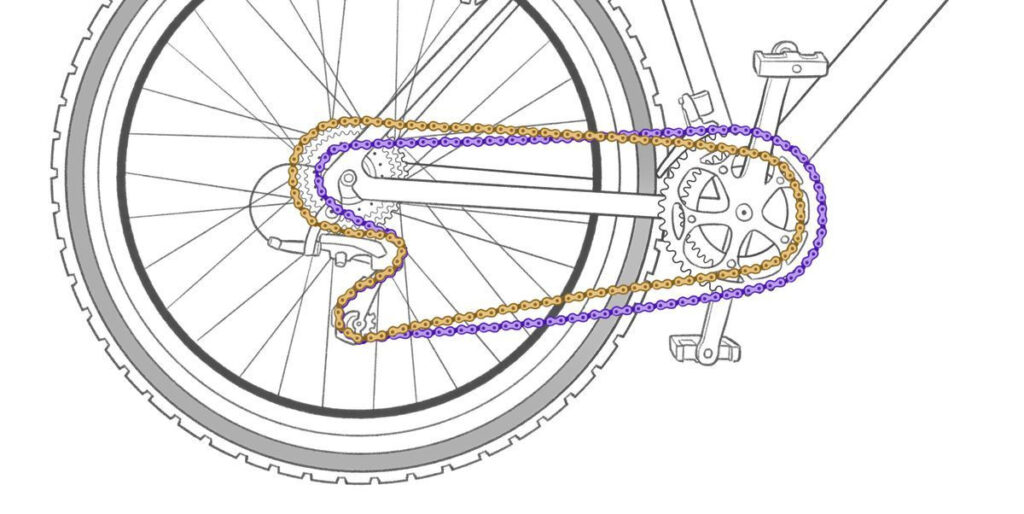
a. First, you are going to start pedaling your road bike on a flat road. In this situation, you are going to use the middle-of-the-road gear in the middle of your bike. You are in the 39 x 18 gear position. Then, you see a big hill in front of you. It is time for you to shift gears from your bike. You are already in the small ring (39t), so you only need to shift the rear cog.
b. In order to shift gears from the 18t to the 28t, you need to push the larger lever that is located on the right-hand side of the handlebar. The rear derailleur of your bike will move the chain from 18t to 28t. You are going to enjoy pedaling in a comfortable position.
c. Once the road in front of you starts to tip downhill, you can feel that your bike is picking up speed. Then, you need to shift gears back to the 18t cog by using the right-hand shifter. If you are speeding too fast, you can shift the front chainring from the 39t to the 53t position. You have to push the large level inwards located on the left-hand side of the handlebars. After you do this movement, the front derailleur will move the chain from the 39t to the 53t. You have to do a lot of practice, so you can start shifting gears for managing the front and rear derailleur of your bike easily.
Shifting Tips
Tips for Beginners
It is very important for you to know what gears you are using on your bike. You also need to know what kind of riding you are going to do with your bike. Then, you also need to think about what kind of terrain you will have when you are biking. All of these details will help you find the right bike and gear that you need for enjoying your cycling experience.
If you are a beginner cyclist, you may want to consider using the triple front chainring. It will give you an easier option to get up any steep hills. It is also a good idea for you to take a look at the compact front chainring when you do a lot of climbs every day. This is a specific type of chainring that is designed for climbing. You are going to use a combination of 50×34 instead of the regular 53×39.
Another important part that you need to know is the cadence. Different people may have different preferences on their own preferred cadence types. The normal range is ranging from 80 to 90 rpm. When it comes to shifting you gears, you need to find the most optimum setting for getting the optimal cadence.
Over time, shifting will become natural. You don’t have to count the pedal strokes for finding which gear that you are going to use. You only need to do what you feel right about your pedaling system.
To avoid getting a cross-chaining problem, you should never use the entire rear cassette of gears when you are using the big or little ring upfront. For example, when you are using the big ring 53t on the front wheel, you will use the bottom two-thirds of the rear cassette of your bike. If you are using the little ring 39t, you can use the upper or bigger two-thirds of your rear cassette. Don’t forget to adjust the front derailleur, in order to avoid major cross-chaining issues on your bike.
Win some, lose some The reality, on a multi-geared set-up, particularly when there are as many as 33 on offer, is that ‘overlapping’ gears are unavoidable. In other words, some gear combinations will result in the same ratio as others using a different sprocket and chainring. For example, 53×19 is the same gear as 39×14. Also, certain ‘crossover’ gears, at the extremes of the range, may not be recommended for use, due to the additional strain that is placed upon the chain.
When you choose a gear, you’re really just choosing the effort level required for each pedal stroke. Understanding more about how your bike gears work can help you ride farther and faster—and have a little more fun while you’re at it.
How to Teach Bike Gearing to Kids
Most kids can start learning about how to bike the single-speed bike. This is a bike that comes with one front chainring and also a single rear cog. There is no shifting needed for operating this bike with one gear.
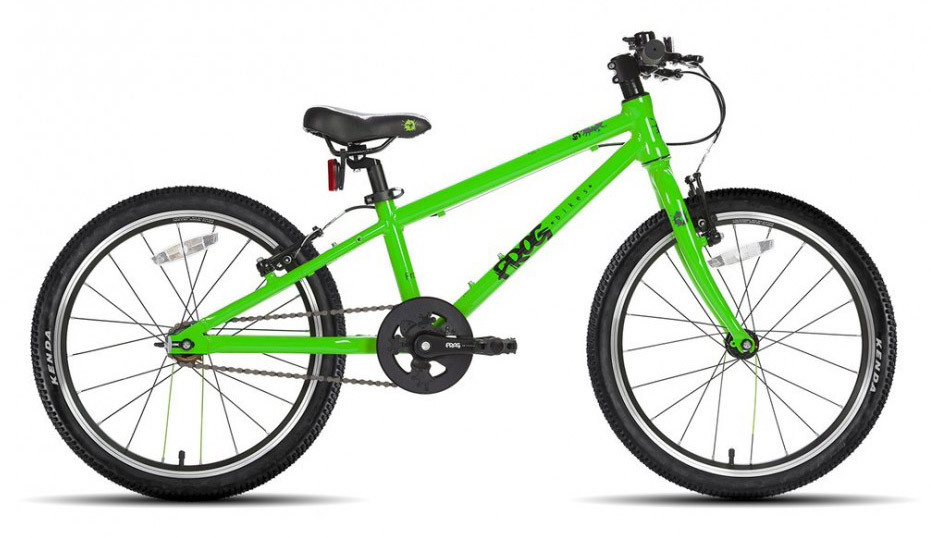
They can start learning about how to tackle any challenges and bike fast downhills. After they know some basic knowledge, they can learn about gears. It may be challenging for them at first, but you can take your time when teaching them how to shift gears safely. You can start from the basics and start moving up from there. Most kids’ bikes usually come with one chainring upfront and also 6 – 7 gears at the backside.
When you are going to teach your kids how to start using the bike gears, you can start showing them how to shift the gears by twisting the handle. You can do this step in the driveway. Let them practice the motion before you can let them ride their bikes on the road.
They need to learn that the bigger the number of the gears, the harder it will be to push the pedals. When it is going to hard, they can twist the handle until they can see the smaller number. A smaller number usually has an easier pedaling system.
There is no need for you to explain the nuances of the cadence and also rpm. You only need to tell your kids, so they can choose the right pedal which is the most comfortable for them. They will fall to their natural cadence. Most kids will end up around 80 rpm. If it is possible, you can take them to the small hill nearby. They can start practicing riding up and down while shifting gears.
Basic Drivetrain Maintenance
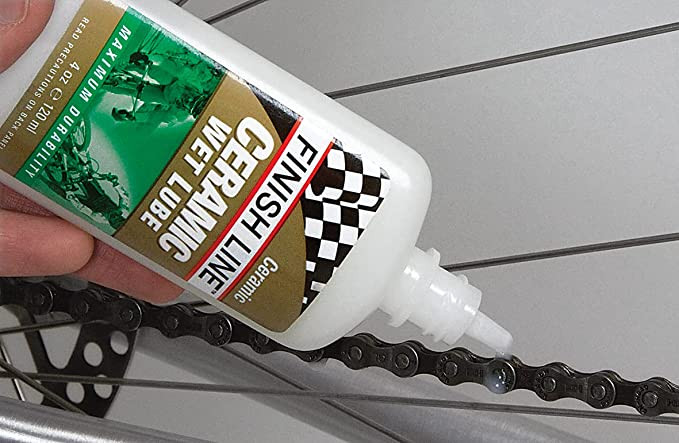
It is very important for you to keep the drivetrain running smoothly. You can clean it after you ride your bike. Don’t forget to lube your chain sparingly, in order to improve the overall performance of your bike. When you clean your chain, you may also want to check your cables. When they are rusty or frayed, you can take them to the shop for a replacement. It is very important to lubricate the chain.
Check your chain for wear and you should replace it immediately with a new one when it is broken. You can have your shop remove the chain, cassette, and also chainrings, so all of these parts can be cleaned effectively. It is recommended for you to maintain the bike’s drivetrain regularly, in order to ensure that your bike can run smoothly. You should clean, adjust, and also replace all damaged key components, including chainrings, derailleur, chain, cassette, and also crankset.
Advanced Shifting Tips
You must understand that cross-chaining will be bad for the gears and your bike. In terms of overall efficiency, you would like to have all of your chain and also drivetrain as streamlined and straight as possible. It is very important to help you create the most efficient and fastest set up on your bike. You can find a lot of track riders and also time trial specialists who are doing some experiments with many different types of gearing set-ups. All of these experiments are done to ensure maximum efficiency.
You can also do some experiments with the front derailleur adjustment, so you can perfect the overall gearing setup on your gear. Then, you can create the ultimate time trial machine for your bike. Shifting will be an important art and skill. Different hills may require different gearing types. All riders also need to learn how to improve their shifting process, so they can anticipate shifts and also start shifting your gears quickly.
If you’ve already got a bike and you’re not happy with the gear range, you don’t have to get a whole new bike. A bike shop can change either the front or rear rings (usually the front) to give you a higher range. I hope this helps, and have fun with your gearing!
Types of Gears
Standard Double
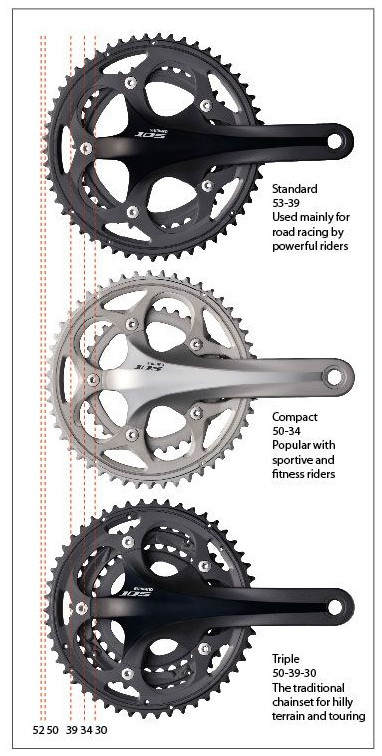
This is the first type of gear that is popular on the market today. There are two chainrings that are located on the front side of the bike. These chainrings are paired up to 9, 10, 11, or 12 sprockets located at the rear. The standard 53-39t combination is usually known as the standard chainset. This type of setup is the preferred choice for racing. It can offer the largest chainring sizes for all of the biggest gears possible, so it can help you keep pedaling smoothly when you are speeding up.
Compact
This type of gear is actually a double-setup, but it has a smaller size. Both chainrings will be reduced in size, usually in 34t or 36t inner. They are paired with the 48t or 50t outer. This combination can be used to reduce the gear ratio across the range. This type of gear is popular as the reduction in gearing is located at the lower end. It is good enough to tackle any extreme terrain levels, even Alpine climbs.
Triple
Having three chainrings in your bike can bring the possibility of adding a smaller gear option. This is another popular type of gear that you can use on your bike. The third chainring usually comes in 30t or smaller. When it is paired with a large ratio rear cassette, it can provide a low gear for being used on steep climbs. A triple is the best option for all riders who are looking for a “bail-out” option. If you want to ride your bike in very hilly regions, you can consider using this type of gear.
Semi-Compact
Semi-compact chainsets are getting popular from time to time. They are usually as the go-to front chainring combination for any bikes with a Shimano-Campagnolo double-ring setup. This chainset has a 52t outer chainring that is paired up with a 36t inner ring. This 36 inner ring can be paired with 11-32, 11-30, or 11-28 cassettes located at the rear side. It will offer enough gears to tackle many climbs. The 52t at the front wheel can offer a bigger gear for fast group riding, racing, and also descending.
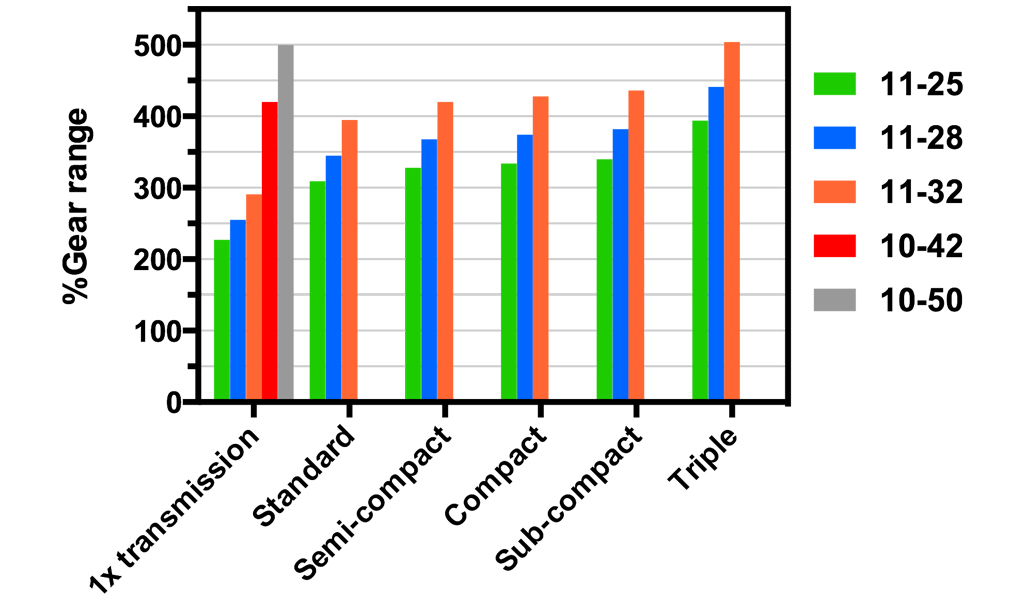
In the diagram you can see the difference between the types of bicycle gears.
SRAM AXS
There are some available options that you can find on the market, for example, 50/37T, 48/35T, and also 46/33T. On the backside of the bike, the 12-speed cassette can start at the 10-tooth cog. It will increase by 1-tooth per cog. The overall result of this combination is that you are able to reach a higher resistance at the top end easily. The smallest gear will be easier to push.
SRAM Apex
Apex is another recommended type of gear produced by SRAM. It is going to use a specially-designed rear derailleur. It has a large ratio cassette which can be up to 11-36t to reduce the gearing. It offers an extra-low bottom gear and also a large top gear. By using this gear, it will eliminate the needs of the triple. This gear is lighter and better than the triple.
Glossary of Bicycle Gears
Front gears or chainring
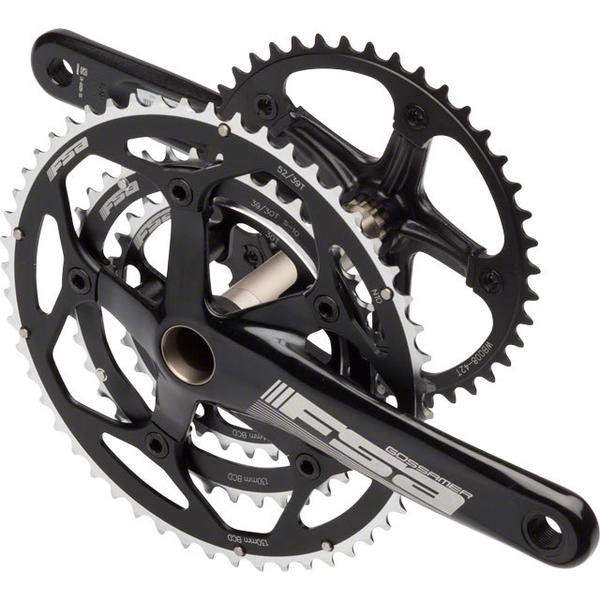
Most bikes usually have 1, 2, or 3 front gears or chainrings. The bigger the chainring, the harder it will be to pedal. The smaller the chainring, the easier it is for you to pedal. Most modern road bikes usually have 2 front chainrings. They can be described by the number of teeth that they have. If you have “53/39”, your bike has two front chainrings.
Rear gears
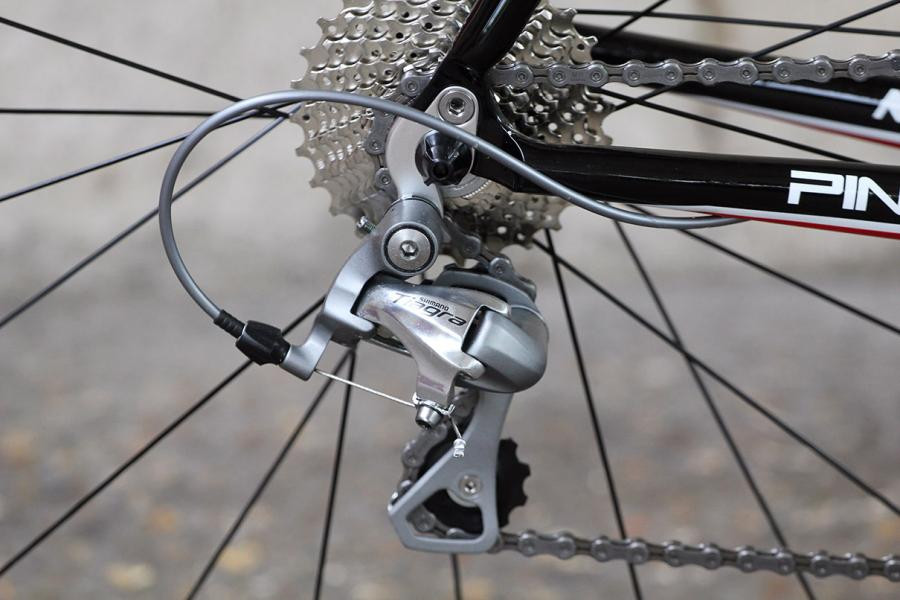
The chainrings that are located at the rear wheel are commonly known as sprockets or cogs. When they are put all together, they can be known as cassettes. The size of the chainring will be opposite of the front chainring. Most modern bikes usually have 8 to 11 gears on their rear cassette. They can be described in the number of teeth on the ring. For example, 11-speed 11/28. This combination means that there are 11 rear cogs that are making up the cassette. The smallest chainring has 11 teeth, while the biggest one has 28 teeth.
Gear ranges on bikes broadly speaking, mountain bikes have lots of low gears so you can climb steep hills more easily, while road bikes have more higher gears to boost top-end speed. More gears means more choices, but also more complexity for riders (and shop techs).
Bike gear ratio
The combination of the rear and front gear is usually expressed in the “front x rear” term. For example, you can take a look at the “53 x 11”. This combination is calculated with the circumference of your bike’s tire and wheel. This ratio will determine on how far the bike can travel with a full revolution of the cranks.
Top gear
Top gear can refer the to hardest possible gear combination. It can also refer to the biggest front chainring that is combined with the smallest rear cog. For example, 53 x 1.
Bottom Gear
This is another common term that you need to know about the gear. It is the easiest possible gear ratio or combination. It can also refer to the smallest front chainring that is combined with the biggest rear cog. An example of this gear is the 39 x 28.
Bicycle drivetrain
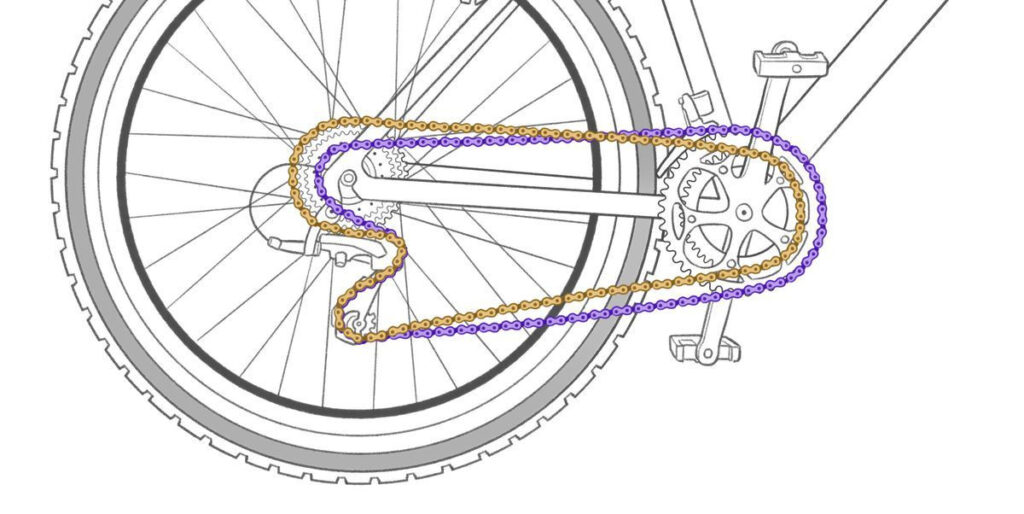
If we are talking about gear, we cannot forget this term. All the moving parts that are connecting the crank to your bike’s rear wheel can be called the drivetrain. All of these parts include the bike’s chain, cassette, and also chainrings. They can be used to drive the bike forward easily. The combination of these parts can be used to make your bike move smoothly.
Rear Derailleur
They are commonly located above the front chainrings and also below the rear cassette. The derailleurs can move the chain from one ring or cog to another one by using the input from the shifters. They play an important role in the movement of the bike. You have to maintain the performance of these parts, in order to get a smooth movement from your bike.
Shifters
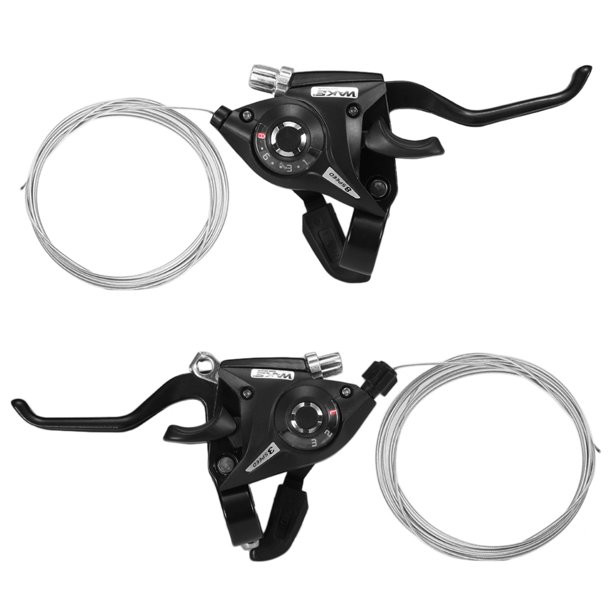
There are several parts that can be considered as shifters on the bike. They can be levers, buttons, and also triggers that are located on the right and left sides of the bike. They can be found on the handlebars. These parts are usually used for controlling the front and rear derailleurs on your bike. The left-hand shifter is used for supporting the front derailleur, while the right-hand shifter can be used to control the rear derailleur.
Cadence
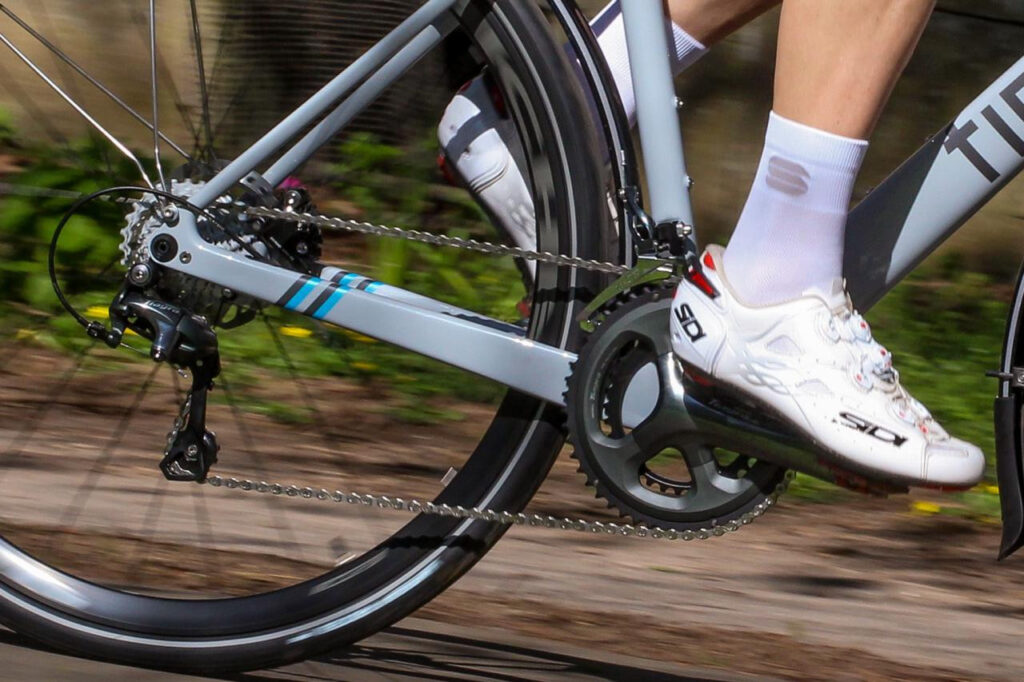
This is another important term that we need to know about gear. It can represent the total rate at which you pedal your bike. It is commonly expressed in revolutions per minute. It can also be called the RPM.
Teeth
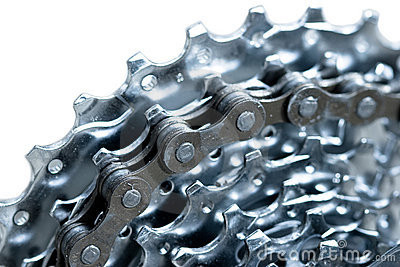
This part is known as “t”. It can be expressed as “53t” or 53 tooth chainring. Different bikes may have different teeth structures.
Bike gear
There are many different answers that can represent bike gear. It may be difficult to define the bike gear. When you are asked about your gear, you can respond with many different answers, for example, 53 x 11 (53 tooth chainring at the front, 11-tooth chain ring in the back), or 28 (referring to the 28 tooth chainring that is located at the back. Most bikers will say that they are in the 53×11 when they are going fast on the downhill terrain, or they can say on their 39 x 28 on the steep uphill.
Speed
Different gearing combinations can result in different speed levels. When someone asks you, “How many speeds is your bike?” You can answer with something like, “8-speed” or “11-speed”. This number will represent the number of cogs that are located in the rear cassette.
Conclusion
Nowadays, many bikes are specially designed to give a comfortable experience for the users. You will be able to shift gears easily. you can simply press the button for shifting the gears on your gear. It is also important for you to learn more about how the bike gears can work. Learning more about this thing will help you ride faster and farther. Don’t forget to learn how to shift the gears on your bike. The right shifting process will reduce rider fatigue, increase speed, and also increase your endurance.
